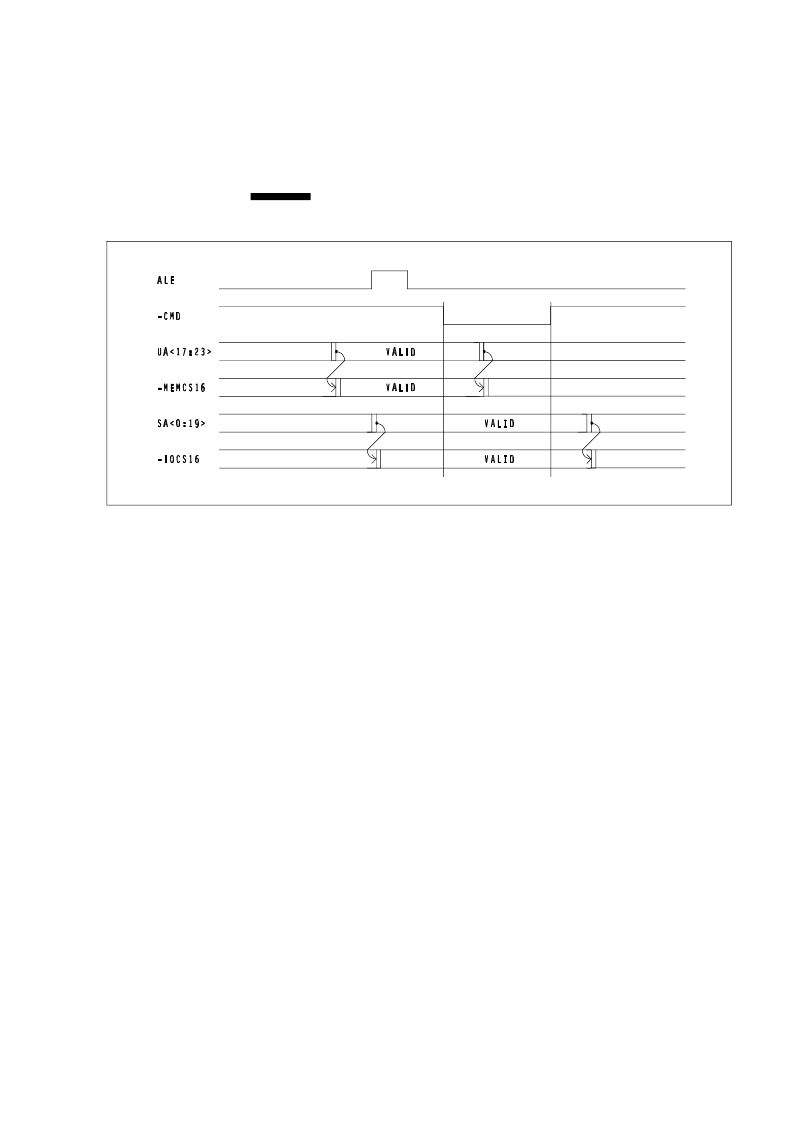- 您現(xiàn)在的位置:買賣IC網(wǎng) > PDF目錄376472 > 82C836A-20 (Electronic Theatre Controls, Inc.) Single-Chip 386sx AT PDF資料下載
參數(shù)資料
| 型號: | 82C836A-20 |
| 廠商: | Electronic Theatre Controls, Inc. |
| 英文描述: | Single-Chip 386sx AT |
| 中文描述: | 單芯片386sx在 |
| 文件頁數(shù): | 139/205頁 |
| 文件大?。?/td> | 3878K |
| 代理商: | 82C836A-20 |
第1頁第2頁第3頁第4頁第5頁第6頁第7頁第8頁第9頁第10頁第11頁第12頁第13頁第14頁第15頁第16頁第17頁第18頁第19頁第20頁第21頁第22頁第23頁第24頁第25頁第26頁第27頁第28頁第29頁第30頁第31頁第32頁第33頁第34頁第35頁第36頁第37頁第38頁第39頁第40頁第41頁第42頁第43頁第44頁第45頁第46頁第47頁第48頁第49頁第50頁第51頁第52頁第53頁第54頁第55頁第56頁第57頁第58頁第59頁第60頁第61頁第62頁第63頁第64頁第65頁第66頁第67頁第68頁第69頁第70頁第71頁第72頁第73頁第74頁第75頁第76頁第77頁第78頁第79頁第80頁第81頁第82頁第83頁第84頁第85頁第86頁第87頁第88頁第89頁第90頁第91頁第92頁第93頁第94頁第95頁第96頁第97頁第98頁第99頁第100頁第101頁第102頁第103頁第104頁第105頁第106頁第107頁第108頁第109頁第110頁第111頁第112頁第113頁第114頁第115頁第116頁第117頁第118頁第119頁第120頁第121頁第122頁第123頁第124頁第125頁第126頁第127頁第128頁第129頁第130頁第131頁第132頁第133頁第134頁第135頁第136頁第137頁第138頁當(dāng)前第139頁第140頁第141頁第142頁第143頁第144頁第145頁第146頁第147頁第148頁第149頁第150頁第151頁第152頁第153頁第154頁第155頁第156頁第157頁第158頁第159頁第160頁第161頁第162頁第163頁第164頁第165頁第166頁第167頁第168頁第169頁第170頁第171頁第172頁第173頁第174頁第175頁第176頁第177頁第178頁第179頁第180頁第181頁第182頁第183頁第184頁第185頁第186頁第187頁第188頁第189頁第190頁第191頁第192頁第193頁第194頁第195頁第196頁第197頁第198頁第199頁第200頁第201頁第202頁第203頁第204頁第205頁

When an attached memory resouce detects an address in its assigned range, it should
assert -MEMCS16. When an attached I/O resource detects an address in its assigned
range, it should assert -IOCS16. Since there is no way for a device on the AT bus to
know whether the cycle is a memory access or I/O access prior to a command signal
going active, it is possible for -IOCS16 and -MEMCS16 both to be asserted
simultaneously by different AT bus add-on cards.
As previously shown in Figure 11-1, the 82C836 (via -NA) latches address bits 1-23 on
the AT bus before the start of ALE, and keeps the address latched until after the end of
the command pulse. MODA0 also follows the same timing, except for the low to high
transtion after the first cycle of a bus conversion.
The 82C836 requires -MEMCS16 to be valid at the end of ALE i.e., from slightly before
the falling edge of ALE until slightly after ALE falls.
The 82C836 samples -IOCS16 on the first rising edge of BUSCLK after I/O command
goes active (low), -IOCS16 must remain valid until the end of the I/O command.
Although -MEMCS16 and -IOCS16 normally are asserted by 16-bit resources on the AT
bus, the 82C836 can assert either or both of these signals in the following cases:
During on-board ROM read, if on-board ROM is 16 bits wide.
During CPU, DMA or Master access to on-board DRAM.
During access to EMS I/O Ports 2x8H and/or 2x9H (where
x
is programmable as
either 0 or 1). A byte access to either port, or a word access at I/O address 2x8H,
results in assertion of IOCS16. These two EMS I/O ports operate as a 16-bit I/O
resource; data transfer to or from 2x9H always uses D8-15 and/or XD8-15.
Figure 11-4.
-MEMCS16 and -IOCS16 Timing
System Timing Relationships
CPU Access to AT-Bus
I
Chips and Technologies, Inc.
P R E L I M I N A R Y
Revision 3.0
11-7
相關(guān)PDF資料 |
PDF描述 |
|---|---|
| 82C836B | Single-Chip 386sx AT |
| 82C862 | FireLink USB Dual Controller Quad Port USB |
| 82C931 | Plug and Play Integrated Audio Controller |
| 82S09 | 576-BIT BIPOLAR RAM (64 X 9) |
| 82S19 | 576-BIT BIPOLAR RAM (64 X 9) |
相關(guān)代理商/技術(shù)參數(shù) |
參數(shù)描述 |
|---|---|
| 82C836B | 制造商:未知廠家 制造商全稱:未知廠家 功能描述:Single-Chip 386sx AT |
| 82C83H | 制造商:INTERSIL 制造商全稱:Intersil Corporation 功能描述:CMOS Octal Latching Inverting Bus Driver |
| 82C84 | 制造商:INTERSIL 制造商全稱:Intersil Corporation 功能描述:CMOS Clock Generator Driver |
| 82C84A | 制造商:INTERSIL 制造商全稱:Intersil Corporation 功能描述:CMOS Clock Generator Driver |
| 82C84A/B | 制造商: 功能描述: 制造商:undefined 功能描述: |
發(fā)布緊急采購,3分鐘左右您將得到回復(fù)。